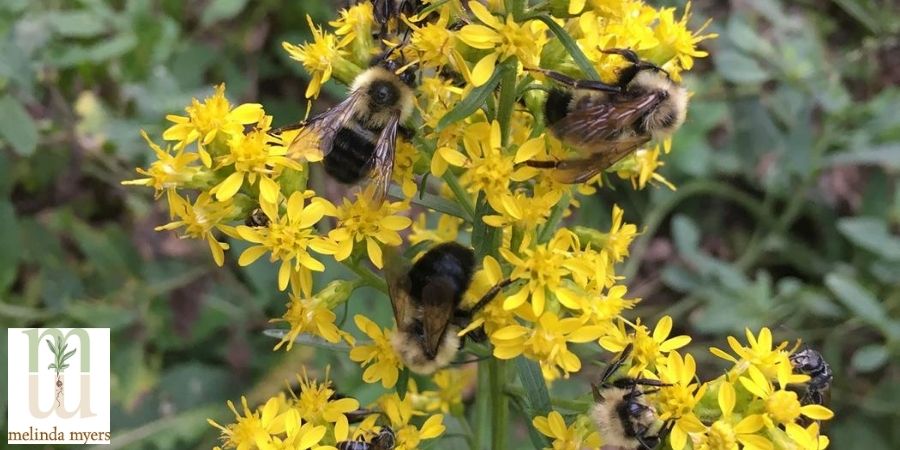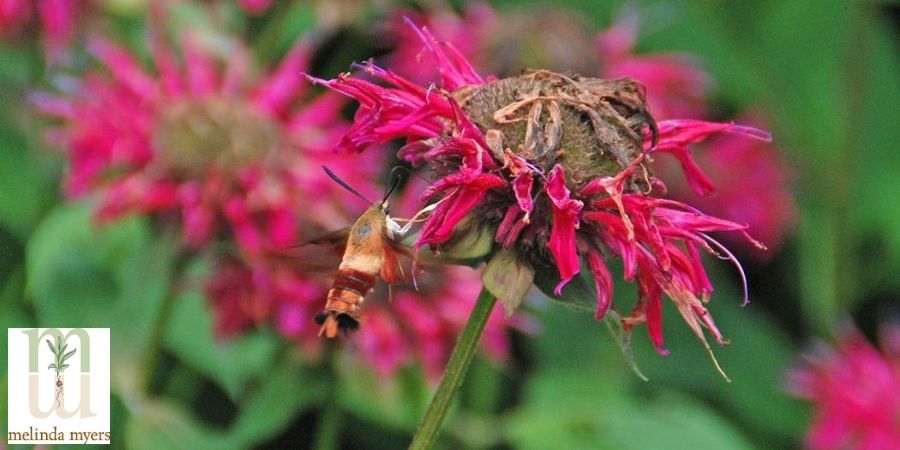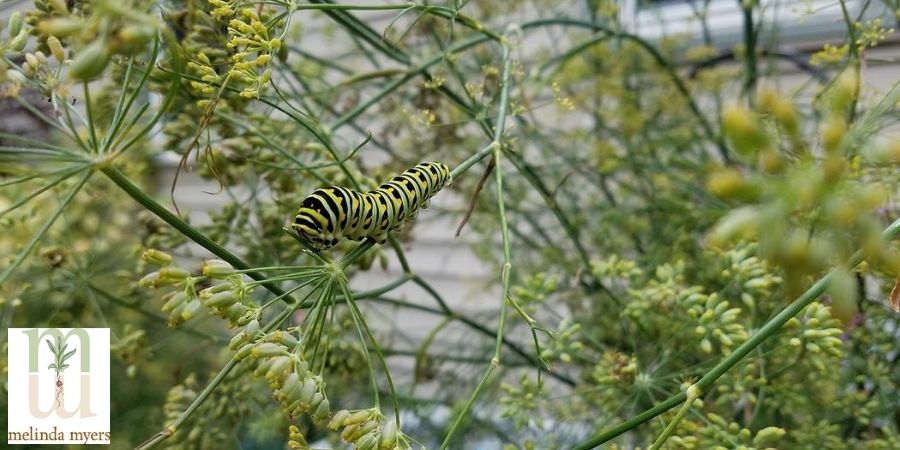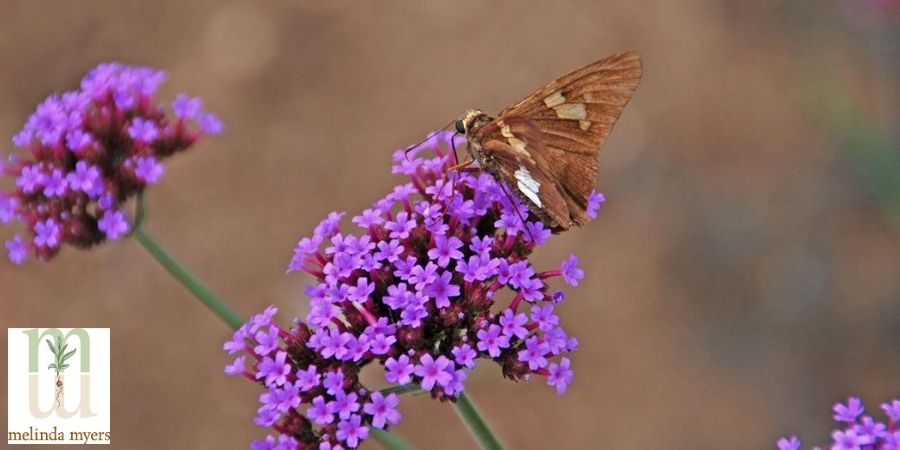How to Plant and Care for Lesser Known Pollinators
- horticulturist and gardening expertAugust 15, 2020
When we think of pollinators Bees, butterflies and hummingbirds are the first insects that come to mind. But moths, wasps, beetles, flies, bats, and some other birds also help pollinate our gardens. More than 80% of all flowering plant species, including 180,000 different species and more than 1,200 crops, rely on them for pollination. Apples, pears, almonds, blueberries, melons, and squash are just a few of these plants we eat. In addition, these important members of our community pollinate plants that many wild creatures rely upon for food and shelter.
Just like the honeybees and Monarch butterflies, many of these pollinators are struggling and their populations dwindling due to pesticides and loss of habitat. But as gardeners, we can make a difference by creating pollinator gardens and habitats while adjusting our landscape maintenance.
When we help pollinators they help us by improving our garden’s productivity and adding beauty and motion to our landscapes. Many pollinators are also predators that feed upon garden pests while others parasitize problem insects, working as our partners in the garden.
As you plan, plant, and manage your gardens be sure to welcome all of these pollinators, even those that may make you cringe. Create a pollinator garden that provides food, water, shelter, and a place for them to raise their young.

Bees on Goldenrod
Design with Pollinators in Mind
When designing a garden select a variety of plants with different shapes, colors, and bloom times. You’ll attract a wide array of pollinators and provide them with a constant supply of nectar and pollen. Include plants like milkweed and grasses with foliage that caterpillars and others feed upon.
Plant in masses whenever possible so the pollinators do not need to expend more energy traveling from one flower to the next. Plus you’ll enjoy the bigger impact of color these larger groupings provide. But if space is limited, you can still create an effective pollinator garden in a container or small city lot.
Create multiple layers of vegetation that provide shelter from weather and predators for a variety of pollinators. Include groundcovers, low growing flowers, shrubs, and trees. The various layers provide habitats that appeal to various types of pollinators and cover as they move throughout your landscape.
Use native plants including trees, shrubs, flowers, and grasses whenever possible. These plants have evolved with pollinators and provide the greatest benefit. Make sure the native plants you select are suited to the growing conditions and available space.
But don’t overlook cultivated plants that also attract and support pollinators. Many have flowers or foliage that benefit birds, butterflies, and caterpillars. Watch for bees visiting thyme, borage and calamint flowers, hummingbirds sipping on salvia, cuphea, and verbena blossoms and swallowtail caterpillars munching on the leaves of dill, fennel, and parsley.
Use single-flowered varieties with fewer often less showy than double varieties with layers of petals. Pollinators will have easier access to the often more abundant pollen and nectar in the single-flowered varieties.
A Few Plants for Bess, Butterflies, and Hummingbirds
Don’t be alarmed when you hear the buzzing of bees. Just move slowly and give them their space. They are more interested in the flowers than you. Plants for bees include those with bright white, yellow, blue, and Ultraviolet colored flowers.
The Monarch and other beautiful butterflies are attracted to tubular flowers with a spur or landing pad. You will see them visiting a variety of flowers especially the purple and red ones.
Pollination occurs around the clock. Night flying moths are busy during the dark hours preferring the nectar of strongly scented pale or white flowers that open late afternoon or night. And after the sun rises look for day-flying moths like the hummingbird moth that can be seen sipping nectar from a variety of flowers.

Hummingbird Moth on Monarda
Watch your step when moving through the garden. There may be a beetle underfoot. They may not be the most efficient pollinators but they do move pollen as they travel throughout your garden. These generalists visit a variety of plants but most often can be found pollinating large strongly scented flowers like Canadian ginger, magnolia, paw paws, and yellow pond lilies.
Next time you go to swat a fly keep in mind it may be working for you in the garden. Flies are generalists like beetles and tend to pollinate small flowers with shallow, funnel-like, or complex trap-like flowers. Watch for them on annuals, bulbs, goldenrod, skunk cabbage, pawpaw, and members of the carrot family.
Listen for the whirring sound of the fast beating wings of hummingbirds as it zips through the garden. These are the main bird pollinator in North America carrying pollen on their beaks and feathers. They prefer brightly colored tubular flowers of scarlet, orange, red, and white. The white-winged doves are important pollinators and main seed predators of the saguaro cactus.
Besides helping with mosquito control bats pollinate over 500 species of night-blooming flowers around the world. They prefer those with a musty or rotten odor.
But as you will soon discover these pollinators find their way to a variety of plants. Keep a list of their favorites and try adding more of these to your gardens and containers. I keep pots of butterfly and hummingbird favorites by my kitchen and living room windows and next to my patio and porch for easy viewing. Black and Blue salvia, cardinal vine, cuphea, Major wheeler honeysuckle vine, and lilacs are just a few that both the pollinators and I enjoy.
Here are a few plants sure to attract pollinators to your yard. As always make sure the plants you select are suited to the growing conditions, available space, and your gardening style. For help finding more plants suited to your growing review the regional planting guides.
Perennials from spring through fall
- Spring Flowering Bulbs
- Skunk Cabbage
- Marsh marigold
- Trout lily
- Blood root
- Columbine
- Iris
- Spiderworts
- Allium
- Penstemon
- Salvia
- Tickseed (Coreopsis)
- Nepeta (select non aggressive varieties)
- Agastache
- Wild Quinine (Parthenium integrifolium)
- Calamint (Calmintha nepeta nepeta)
- Lilies
- Phlox
- Yarrow (Achillea)
- Milkweeds (Asclepias)
- Culver’s Root (Veronicastrum virginicum)
- Bee balm (Monarda)
- Rudbeckia
- Coneflower (Echinacea)
- Liatris
- Rattlesnake Master (Eryngium yuccifolium)
- Red Hot Poker (Kniphofia),
- Cardinal Flower (Lobelia cardinalis)
- Giant blue lobelia (Lobelia siphilitica)
- Joe-Pye Weed
- Helianthus
- Goldenrod
- Aster
Small Scale Trees and Shrubs
- Serviceberry (Amelanchier)
- Chokeberry (Aronia)
- Spicebush (Lindera benzoin)
- Viburnum
- Dogwood (Cornus)
- Ninebark (Physocarpus)
- Buttonbush (Cephalanthus)
- Summersweet (Clethra)
- Elderberry (Sambucus)
- Linden (Tilia)
- Blue mist spirea (Caryopteris),
- Common Witchhazel (Hamamelis virginiana)
Native Grasses
- Prairie Dropseed
- Little Bluestem
- Switchgrass
Herbs
- Borage
- Oregano(Grow in pot or area where you can keep it contained)
- Mint (Grow in pot or area where you can keep it contained)
- Creeping Thyme
- Dill
- Fennel
- Parsley
- Lavender
Annuals
- Begonia
- Impatiens
- Sweet alyssum
- Ageratum
- Lantana
- Pentas
- Nicotiana
- Cosmos
- Salvia
- Zinnia
- Tithonia
- Sunflower
Create the Space
Lighten up on your outdoor housekeeping to create a pollinator-friendly environment. Many items we rake or drag out of the landscape provide homes and shelter for the pollinators we are trying to attract.
Make space for ground-nesting bees. Provide a few out of the way bare patches of soil for ground-nesting bees. A well-drained south-facing spot makes a good home for them. Giving ground nesters their own space away from yours can help you all co-exist.
Don’t fill in old ground squirrel and other rodent holes. These provide space for bumblebees to build their nests.
Allow fall leaves to cover the ground. They provide cover and homes for various insects including bumblebees and shivering moths. You’ll benefit as this layer of leaves helps suppress weeds, conserve moisture and improve the soil as they break down.
Set a few flat stones or pavers in sunny spots in the garden. You’ll find butterflies and other insects stopping by to warm up. Then take some time and grab your camera to observe and snap a few photos when these winged beauties stop for a visit.
Keep tree snags, fallen trees, and those with holes in the trunk a part of your landscape; as long as they do not create a hazard. What some consider messy pollinators, woodpeckers and other wildlife consider great homes.

Swallowtail Caterpillar on Fennel
Save a few branches when trimming trees and shrubs to create a pile of sticks. These provide the perfect shelter for caterpillars like the Monarch to attach and pupate until they complete their transition to a beautiful butterfly.
Allow healthy perennials to stand in the garden for winter. You’ll enjoy watching birds dining on the seeds while providing winter homes for many beneficial insects.
Delay spring cleanup as late as possible to avoid disrupting their hibernation.
Provide some additional housing. Purchase or make your own birdhouses, bee houses, and bumblebee abodes. Do your research first to make sure you are providing a clean safe home for the pollinators. Sometimes our good intentions create more problems for the pollinators we are trying to help.
Don’t forget the Water
Include a birdbath, fountain, pond, or other water feature. You’ll enjoy the sound and beauty while the pollinators will appreciate easy access to water.
Select water features with gently sloping sides that allow insects to take a drink without taking a bath. A spare birdbath filled with marbles and water makes the perfect watering hole for insects. Or add a few sticks or stones to your water feature so the butterflies, bees, other insects, and even the birds can stay dry while taking a sip. Just leave enough space for those birds that do need a bath.
Create a damp puddle for bees and butterflies to gather. Fill a bucket or shallow container with sand and water often enough to keep it damp. Sprinkle with sea salt or wood ash for added nutrients. Tale time to enjoy the insects gathering for a nutritious drink.

Skipper on Verbena
Skip the Pesticides
When problems arise in the garden, work with nature to find ways to manage problem pests while keeping pollinators safe. Pesticides we use to manage problems can harm the pollinators we are trying to attract.
Tolerate some damage. If you give them time predatory insects like lady beetles, and songbirds will move in and dine on the problem pest. If you eliminate the insect pest, their food, these beneficial insects and birds will find another space to dine.
But if you can’t wait or need to protect your plants use more pollinator-friendly strategies. Knock pests off the plants and into a can of soapy water to die. Or enlist the energy of youngsters to pluck, drop and stomp the pests. They’ll learn about the value of good bugs and use that excess energy to help you manage the bad guys.
A strong blast of water may be all you need to control mites and aphids. And if this doesn’t work consider using an organic product like insecticidal soap or lightweight horticulture oil like Summit Year-Round Spray oil. These only kill the insects they contact.
Use barriers like row covers to keep cabbage worms off broccoli, cabbage, and Brussels sprouts and Japanese beetles off basil and beans. These fabrics allow air, light, and water through but prevent these pests from dining on your plants. You can also reduce problems with squash bugs and squash vine borers using these fabrics.
Cover at planting and remove as soon as flowers appear so the bees can pollinate the plants for an abundant harvest.
If you missed the opportunity and cabbage worms are dining in the garden you can use Bacillus thuringiensis kurstaki sold under names like Thuricide or Dipel. This naturally occurring soil bacteria only kills true caterpillars. Since only the non-native cabbage worms feed on members of the cabbage family you will not be harming the native butterflies you are trying to attract.
Always read and follow label directions whether using organic, synthetic, or natural insecticides, fungicides, and herbicides. They are designed to kill things and can harm the pollinators, the environment, and you if misapplied.
Remove diseased plant material as soon as it appears. Evaluate your maintenance techniques and adjust these to help reduce the risk of disease. Make sure plants receive the needed sunlight, moisture, and other growing conditions to thrive. Avoid overhead watering, provide sufficient growing space, and use disease-resistant varieties whenever possible.
Then clean up and dispose of disease and insect pest-infested plant material at the end of the season. These often provide winter homes for insect pests and the source for disease infection in next year’s garden.
Once you create a pollinator-friendly environment give them time to discover this newly created paradise. It may take time but once the word gets out you will be enjoying lots of pollinators and the many benefits they provide.

